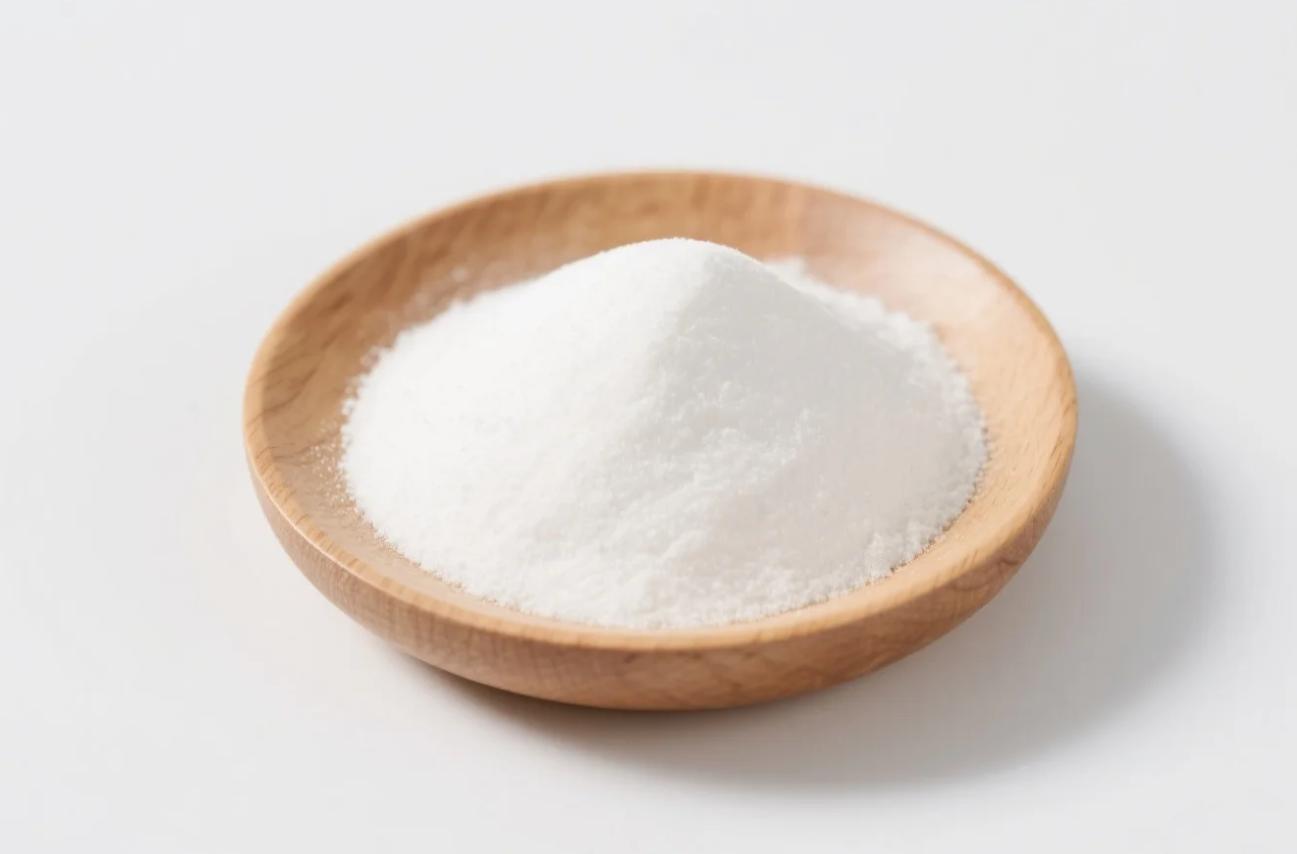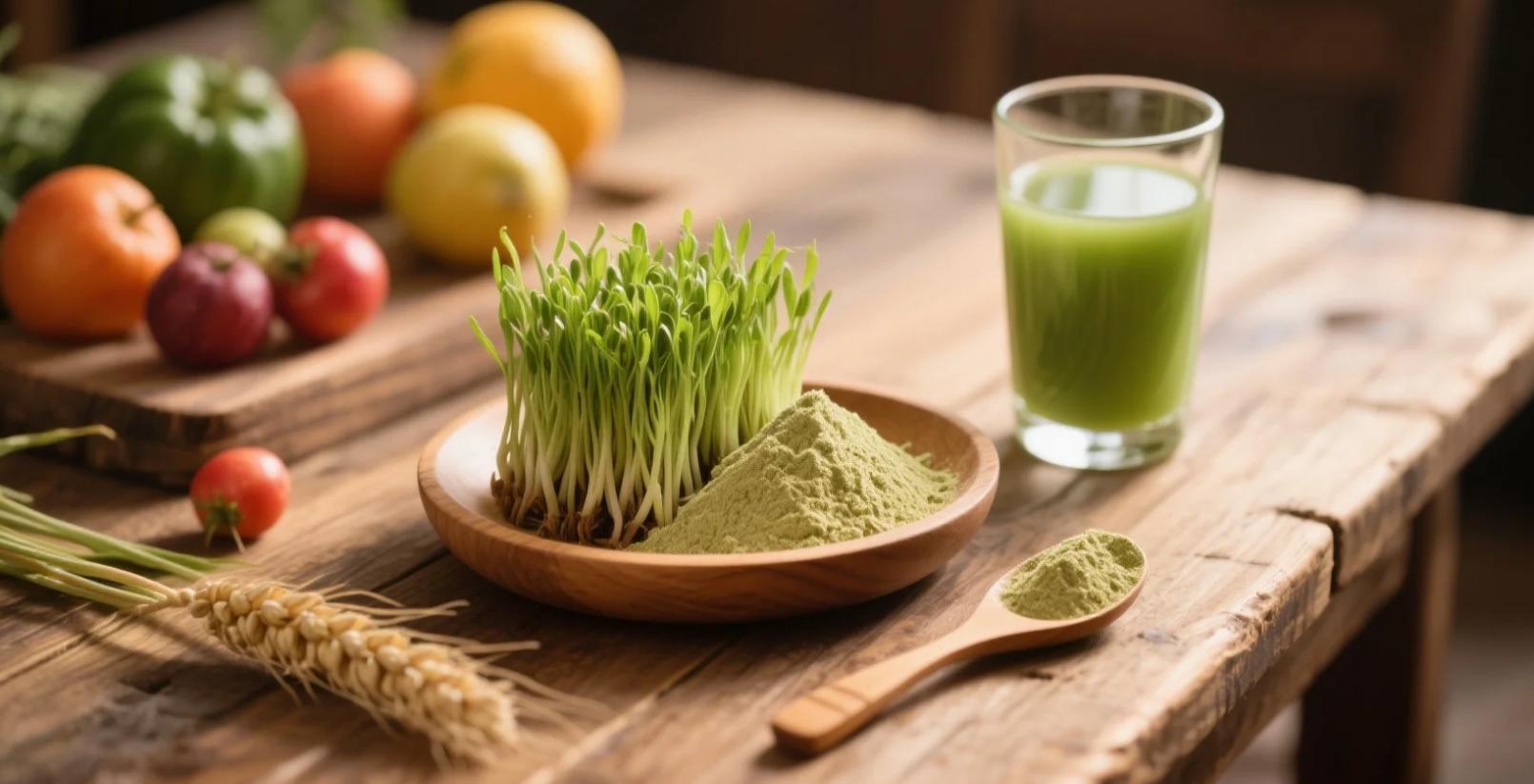Table of Contents
In the world of food ingredients, organic maltodextrin powder stands out as a true workhorse. It’s not a sweetener to replace sugar, but a powerful functional carbohydrate that excels at bulking, thickening, stabilizing, and improving solubility. For home cooks looking to enhance textures or food manufacturers aiming for cleaner labels, understanding how to select a quality organic maltodextrin is key.
Let’s explore what makes organic maltodextrin powder so valuable and how to make the smartest choice for your applications.
What is Organic Maltodextrin and Why is it Essential?
Maltodextrin is a mild-tasting, easily digestible polysaccharide derived from starch (commonly corn or tapioca) through a process called partial hydrolysis. This breaks down starch into smaller chains of glucose molecules.
Choosing organic maltodextrin is paramount for purity and peace of mind:
- Clean Sourcing: Organic certification guarantees the base starch is cultivated without synthetic pesticides, herbicides, or GMOs. This means a purer raw material for your product.
- Responsible Processing: Organic standards extend to the manufacturing process, ensuring it minimizes harsh chemicals and adheres to environmentally friendly practices.
- Transparent Labeling: “Organic Maltodextrin” provides a clear, understandable ingredient statement, aligning with consumer demand for natural and transparent food products.
Your Guide to Smart Selection: What to Look For
When you’re ready to source organic maltodextrin powder, keep these crucial factors in mind:
- Always Verify “Organic” Certification:
- Why it Matters: This is your primary guarantee of quality and purity. It confirms the product meets stringent organic standards from farm to powder.
- Look For: Clearly displayed organic certification logos (like USDA Organic, EU Organic, or JAS if applicable) on the packaging.
- Identify the Starch Source (e.g., Tapioca, Corn, Rice):
- Why it Matters: While functionality is similar, the source can impact consumer preference, especially for those avoiding specific grains. Tapioca-based organic maltodextrin is often favored for its “non-corn” origin and generally considered highly digestible.
- Look For: The origin clearly stated on the ingredient list, such as “organic tapioca maltodextrin” or “organic corn maltodextrin.”
- Understand the Dextrose Equivalent (DE) Value:
- Why it Matters: DE indicates the degree of hydrolysis and sweetness. A lower DE (e.g., 5-10) means less sweetness and more complex carbohydrates, providing better bulking and anti-caking properties. A higher DE (e.g., 18-20) means slightly more sweetness and better solubility.
- Look For: If the DE value is listed, consider your application. For neutral bulking in protein powders, a lower DE is ideal. For quicker energy or beverage solubility, a slightly higher DE might be preferred. If not listed, most general-purpose organic maltodextrins are on the lower DE side.
- Consider Solubility and Flow Properties:
- Why it Matters: For powdered mixes, how easily the maltodextrin dissolves and whether it clumps are crucial. For manufacturing, flow properties affect processing efficiency.
- Look For: If possible, consumer reviews mentioning ease of mixing or lack of clumping. High-quality organic maltodextrin should be a fine, free-flowing powder that disperses easily in liquids.
- Packaging and Storage:
- Why it Matters: Maltodextrin is hygroscopic (absorbs moisture), which can lead to clumping. Proper packaging is essential for maintaining quality.
- Look For: Airtight, moisture-resistant, and resealable packaging. Store in a cool, dry place to prevent caking.
By considering these points, you can confidently select an organic maltodextrin powder that meets your specific needs, whether you’re formulating a new product or simply enhancing your home cooking. Embrace the versatile power and clean-label appeal of this essential carbohydrate!
Recommended Product
Organic Maltodextrin Powder
Organic maltodextrin with DE 8–20 range, neutral taste, high solubility, and multiple functional uses.


